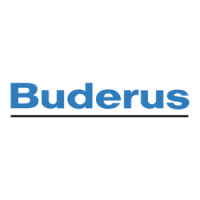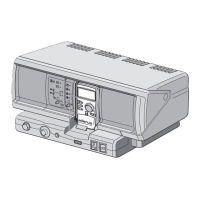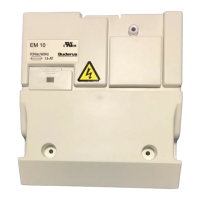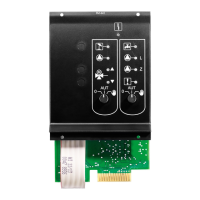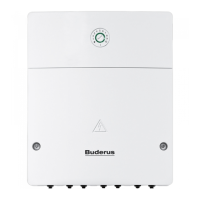How to fix a blank Buderus Control Unit?
- NNatalie HarrisonAug 8, 2025
If your Buderus Control Unit displays nothing or isn't working, ensure the ON/OFF switch is set to "ON". Check the main electrical fuse and verify that the heating system emergency stop switch is also set to "ON".
